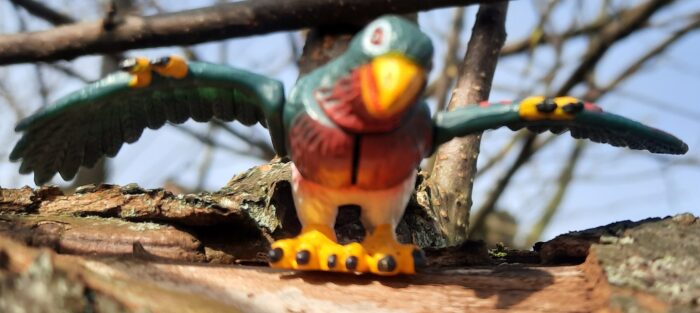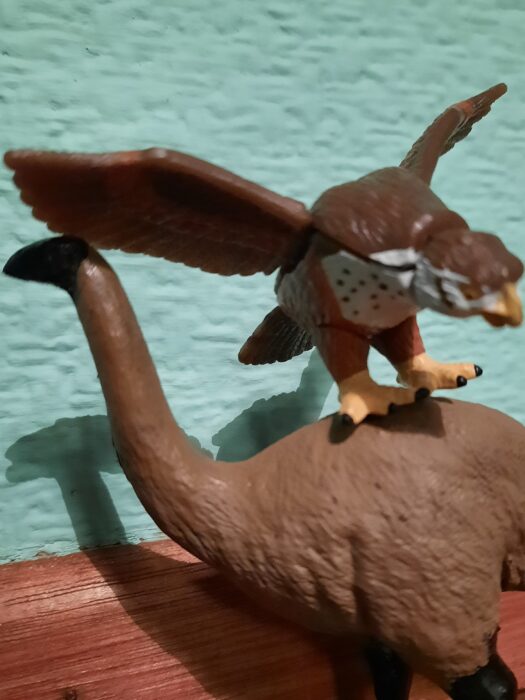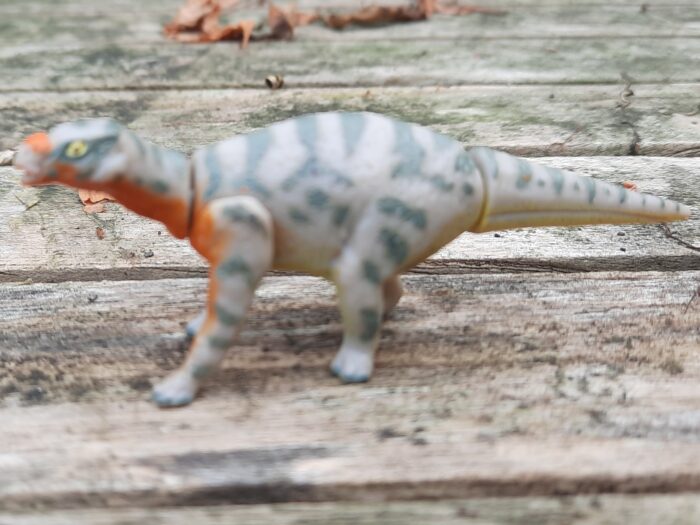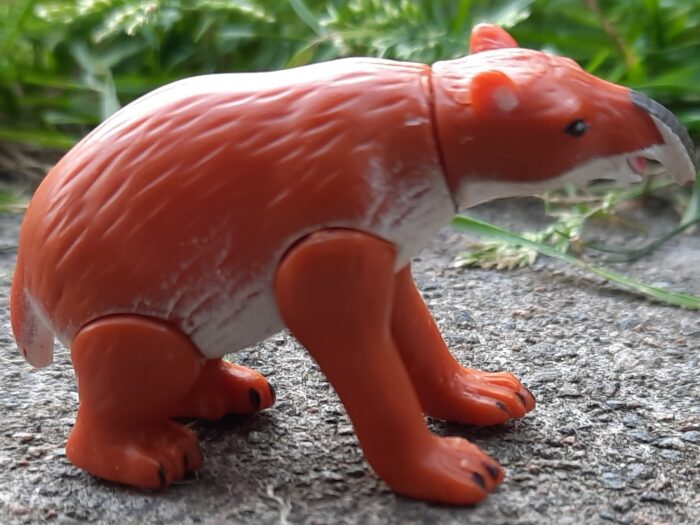Some of the hardest prehistoric animal groups to find are birds, second to sharks. The light weight bones are subject to breaking easily, so it’s usually only in lagerstatten. There are features that can indicate a bird, and so identify them as that and not a dinosaur.
Brand: Lost Kingdoms
Review: Kronosaurus (Lost Kingdoms Series A by Yowie)

The titans of Greek myth were beings of great strength and power, so it is no surprise that prehistoric creatures of great size and strength were named after them. The leader of this group during their golden age, according to legend, was Kronos, the father of Zeus, and a mighty marine monster was named after him: Kronosaurus, a 30 ft Pliosaur from the early Cretaceous of Queensland.
Review: Tingamarra Soft-Shelled Turtle (Lost Kingdoms Series A by Yowie)
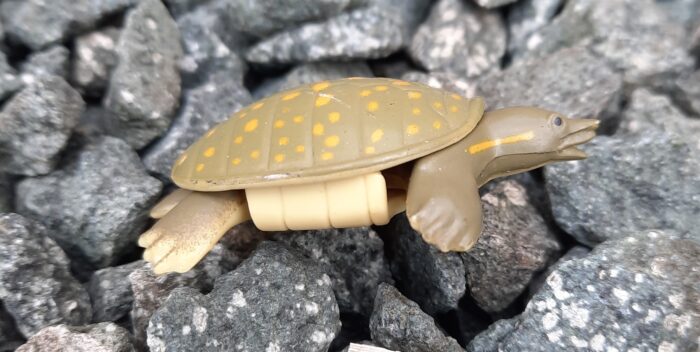
I adore lines like Yowie for bringing out models of animals that are comparatively rare in terms of being immortalised in plastic. Animals from the Paleogene and Eocene are rare. Extinct turtle species are rare. And yet Yowie made a figure of an animal that fits both criteria, the Tingamarra Soft-Shelled Turtle.
Review: New Zealand Giant Eagle/Hieraaetus (Lost Kingdoms Series A by Yowie)
Review: Ceratopsian Dinosaur/Serendipaceratops (Lost Kingdoms Series B by Yowie)
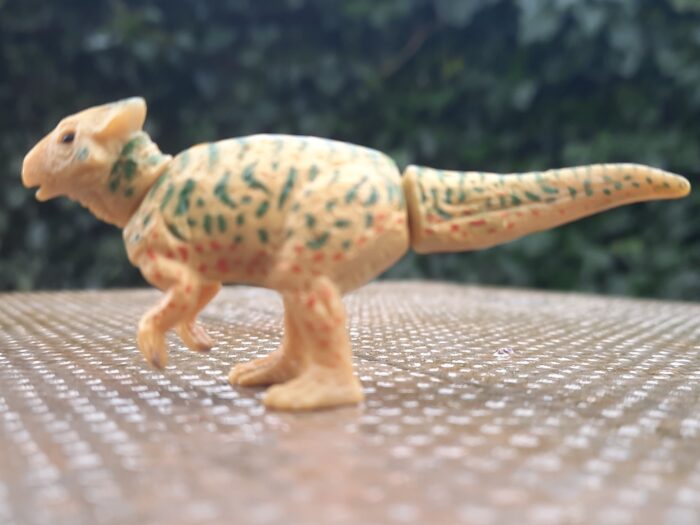
A lot of fossil species are erected by the slimmest of evidence, be it a toe bone, vertebrae or something else. This can make it very hard to discern where they fit into the scheme of life. This review’s subject, Serendipaceratops, is such an example, known only from a single leg bone, the ulna specifically.
Review: Eric the Pliosaur/Umoonasaurus (Lost Kingdoms Series B by Yowie)
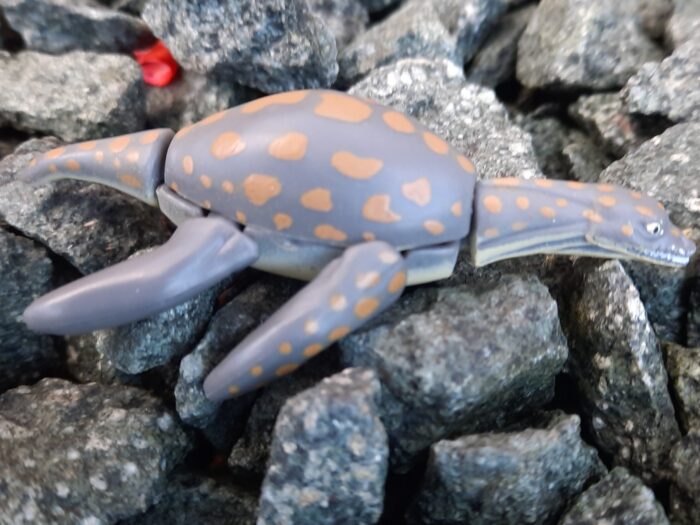
Fossil discoveries can often turn up in the most unlikely places. From quarries to Chinese medicine shops, fossils may appear where least expected. This was the case for the species Umoonasaurus, better known as Eric the Pliosaur. The bones of this animal had not only fossilized, but opalized, making them appear like jewels, hence why they were nearly sold to a jewellery shop, if it hadn’t been sold to a business man.
Review: Fleet Footed Dinosaur/Fulgurotherium (Lost Kingdoms Series A by Yowie)
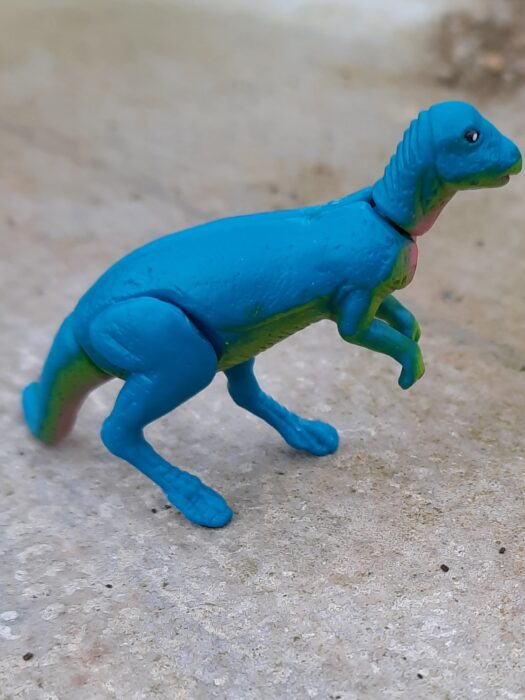
Speculation makes up a lot of palaeontology. Often it’s behaviour, or diet, but sometimes it can be what the entire creature actually looked like, based on the fragments of bone found. Many a species has been erected based on the tiniest fragments. Here, we see one such example: Fulgurotherium, a dinosaur species based off a opalized femur from the Griman Creek formation of New South Wales, Australia.
Review: Austrosaurus (Lost Kingdoms Series A by Yowie)
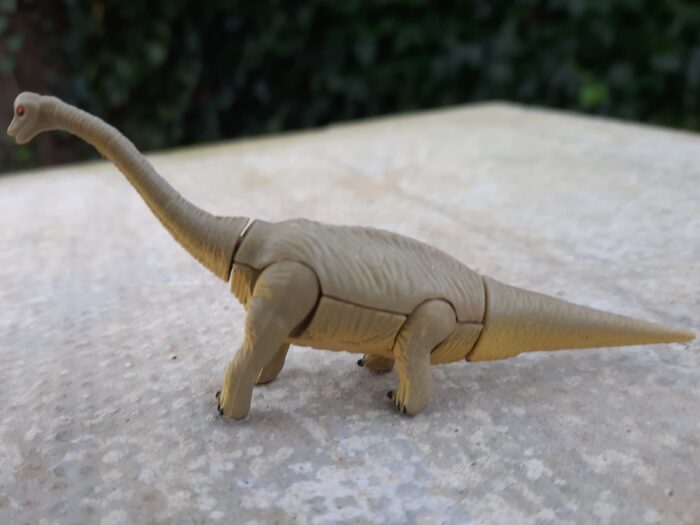
Across the globe, the bones of mighty giants of the ancient world are waiting to be found. The largest of the land animals are the Titanosaurs, giant sauropods found across the globe. Here, we examine one early titan from Australia, Austrosaurus, a 5 metre tall sauropod found in the Albian rocks of Queensland.
Review: Muttaburrasaurus (Lost Kingdoms Series A by Yowie)
Review: Giant Penguin/ Anthropornis (Lost Kingdoms Series A by Yowie)
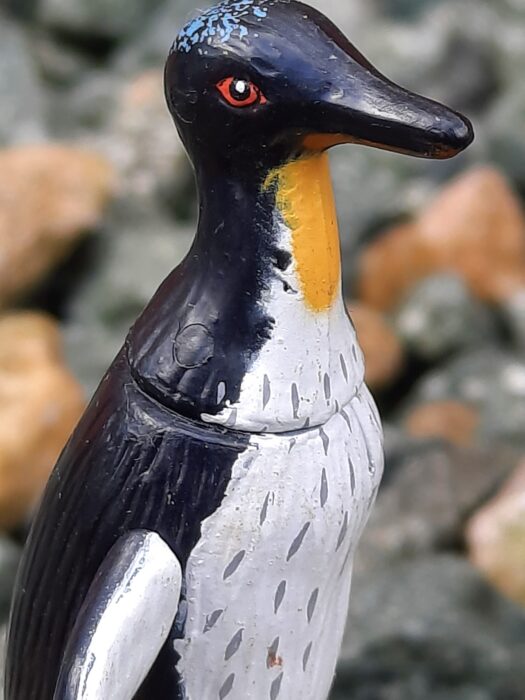
Since their discovery in the Antarctic and other parts of the southern hemisphere, penguins are seen as rather adorable creatures. In the past, there were many large examples of this family, with even a subfamily featuring these giant examples. Here, we see a figure of one such species, Anthropornis.
Review: Cohen’s Thingodonta/ Yalkaparidon (Lost Kingdoms Series A by Yowie)
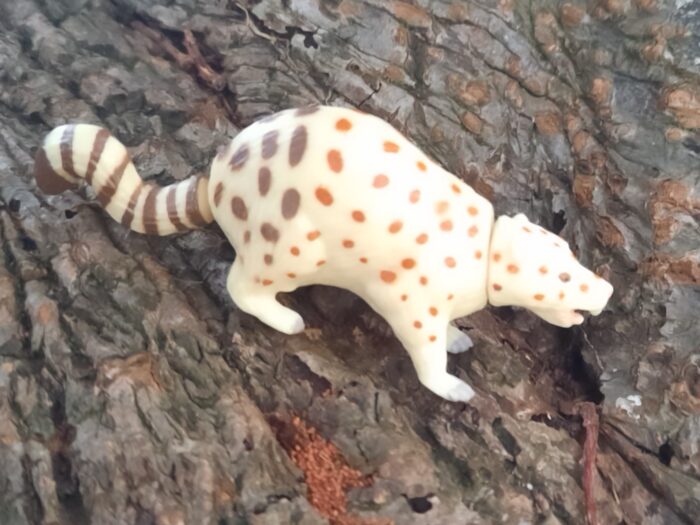
There aren’t many animals in the world known by their scientific name as opposed to a common name, yet the palaeo world seems to only use them, unless they are particularly well known, like the Woolly Mammoth or T. rex. That’s why I love this particular model, of an animal named Yalkaparidon (from the Aboriginal word for boomerang, based on the animals molar shape), but referred to in the common lexicon as Cohen’s Thingadonta, which is a brilliant name.

